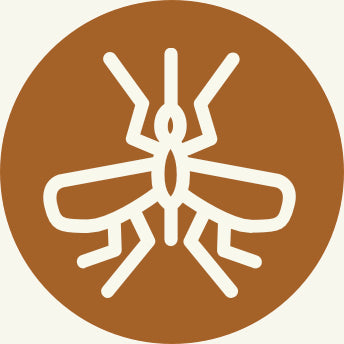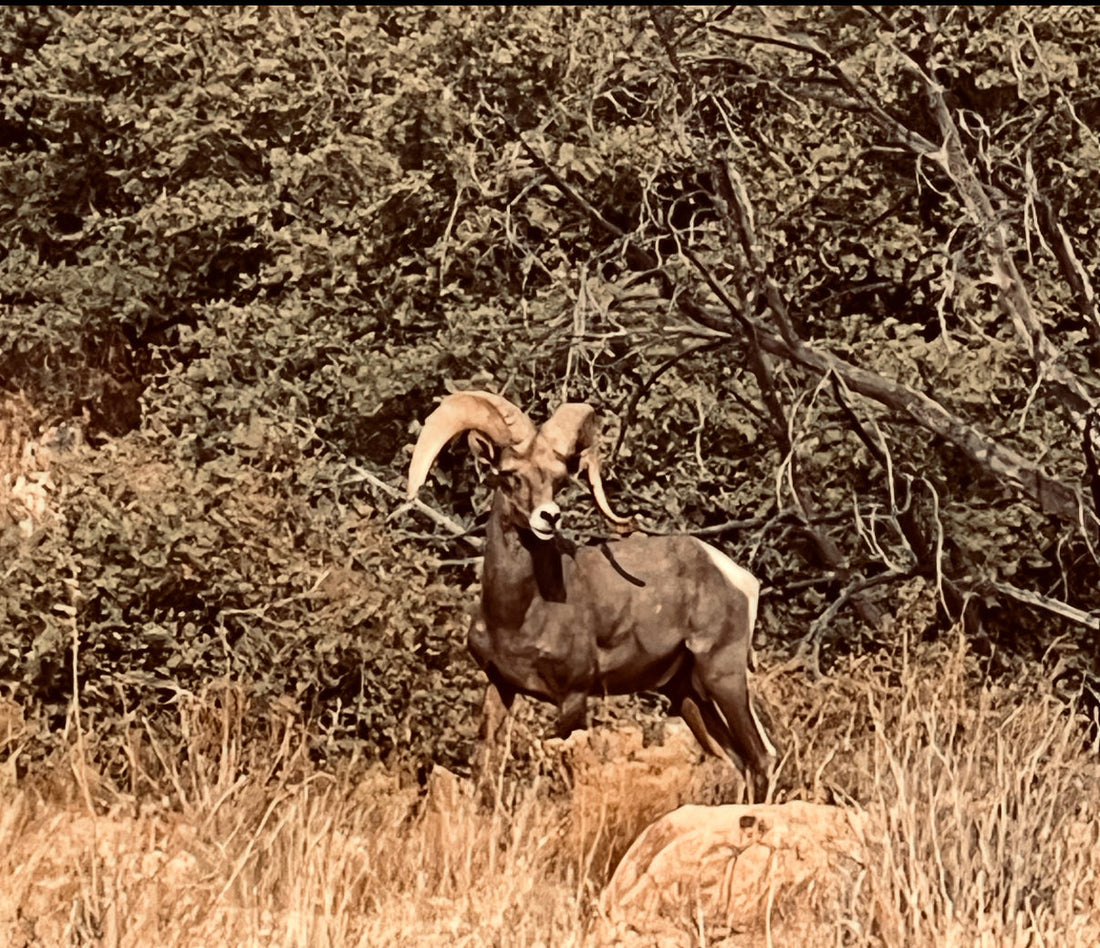Chronic Wasting Disease (CWD) is a serious neurological condition that affects deer, elk, and moose. But did you know that it can also have devastating effects on livestock and even pose a risk to human health? In this blog post, we will explore the dangers of CWD, how it can impact both animals and humans, and what steps can be taken to prevent its spread.
What is Chronic Wasting Disease?
CWD is a transmissible spongiform encephalopathy (TSE) that affects the brain and nervous system of infected animals. It is caused by abnormal prion proteins that gradually accumulate in the brain, leading to severe neurological damage. The disease is progressive and always fatal, with no known cure or treatment.
Impact on Livestock
While CWD is most commonly associated with wild cervids, such as deer and elk, it can also affect domestic livestock, including cattle and sheep. Infected animals may exhibit symptoms such as weight loss, abnormal behavior, and lack of coordination. The presence of CWD in livestock can have serious economic consequences for farmers and ranchers, leading to loss of productivity and potential quarantine measures.
Risk to Humans
Although there is currently no direct evidence that CWD can be transmitted to humans, the World Health Organization and the Centers for Disease Control and Prevention recommend avoiding consumption of meat from infected animals as a precautionary measure. Studies have shown that prions associated with CWD can potentially infect non-human primates, raising concerns about the potential for cross-species transmission.
Prevention and Control
Preventing the spread of CWD requires a multi-faceted approach, including surveillance, testing, and management strategies. Hunters and wildlife officials play a crucial role in monitoring and controlling the disease in wild populations. Livestock producers can implement biosecurity measures to reduce the risk of exposure to CWD, such as avoiding contact with infected animals and minimizing environmental contamination.
It is important for individuals to be aware of the risks associated with CWD and to take proactive steps to prevent its spread. By staying informed and following recommended guidelines, we can help protect both animal and human health from the devastating effects of this debilitating disease.

